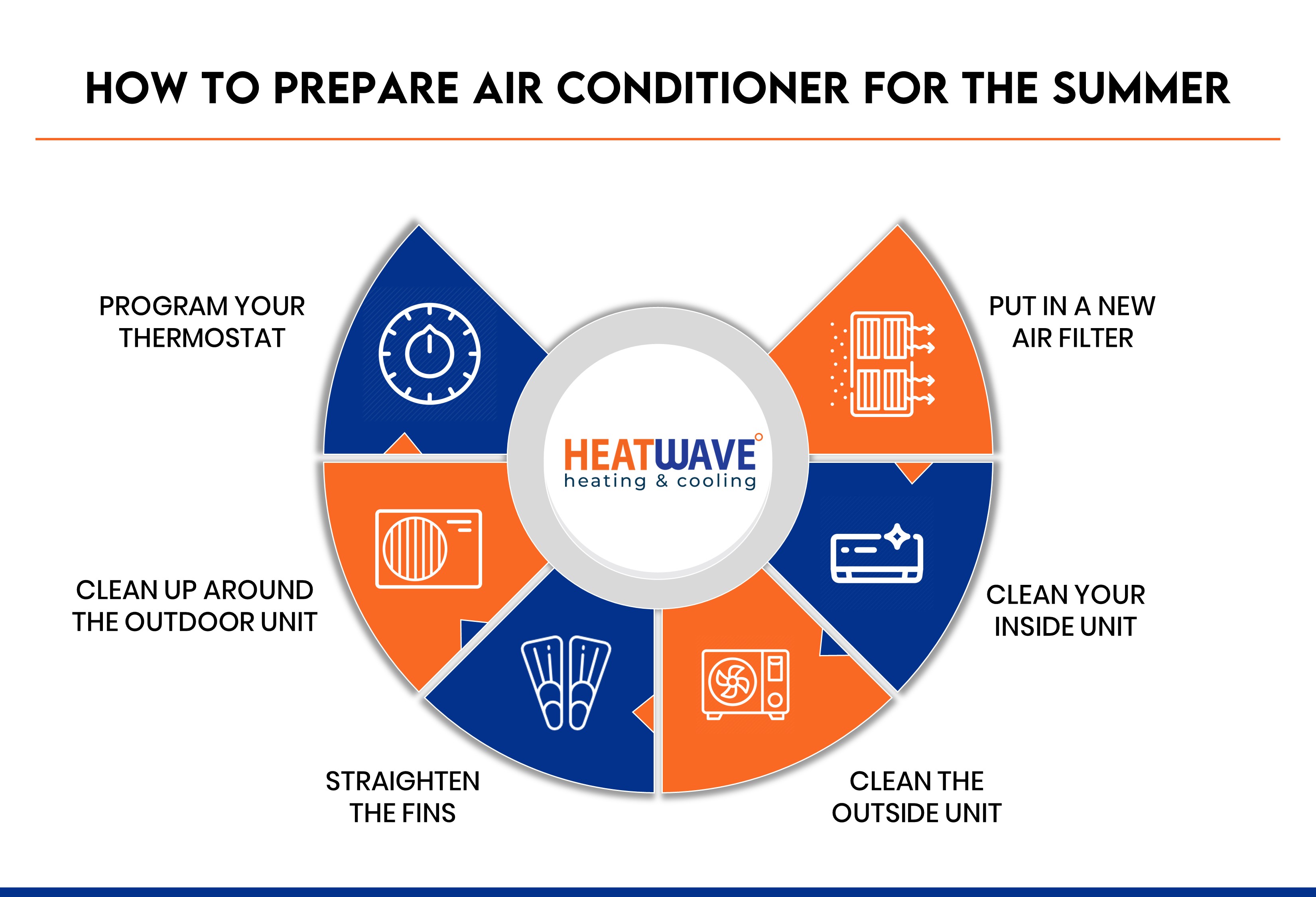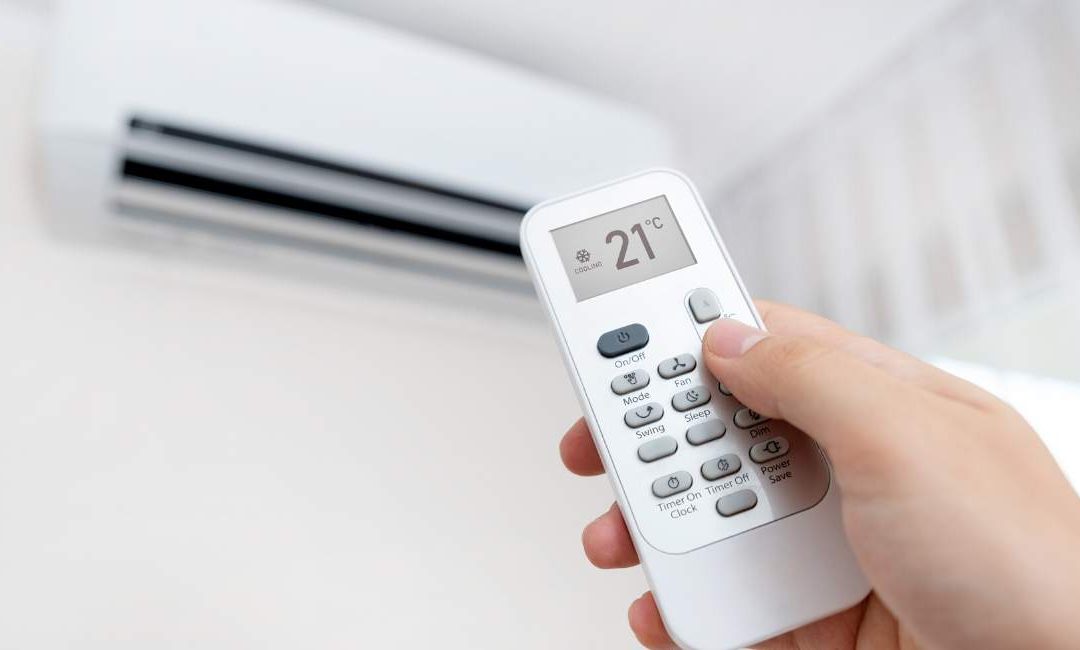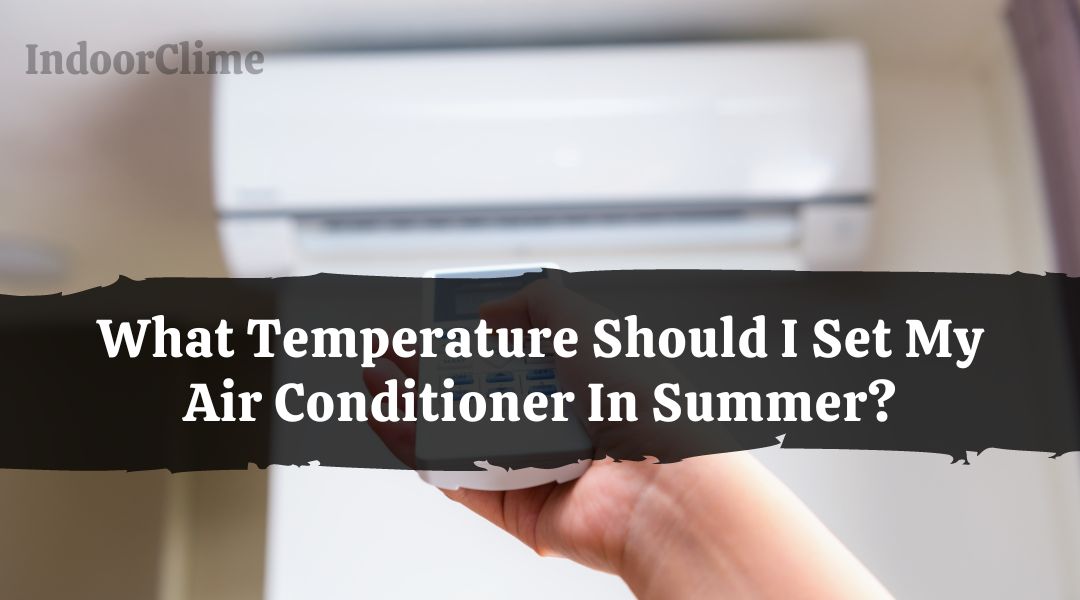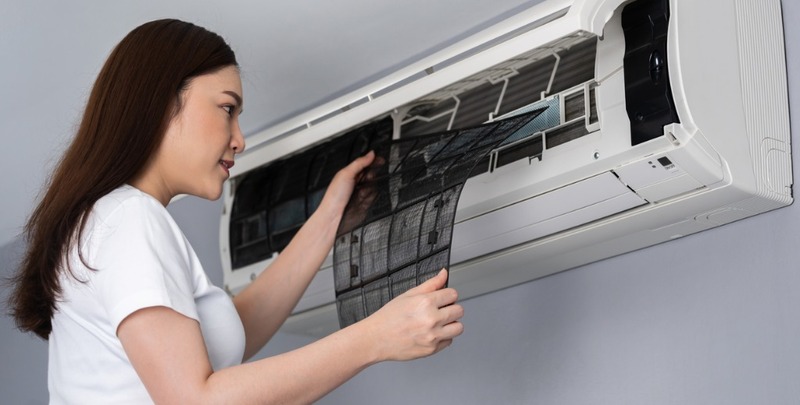What To Put Air Conditioner On In Summer

As summer heat intensifies, knowing how to optimize your air conditioner isn't just about comfort; it's about energy efficiency, cost savings, and extending the lifespan of your HVAC system. This comprehensive guide covers the ideal AC settings for summer, factors influencing your choices, and how professionals in the HVAC industry address these issues.
Understanding the Basics: Temperature, Fan, and Mode
The primary controls on your air conditioner are temperature, fan settings, and operating mode. Each plays a critical role in how effectively your system cools your home.
Temperature Settings
The U.S. Department of Energy (DOE) recommends setting your thermostat to 78°F (26°C) when you're home and adjusting it higher when you're away. This setting balances comfort with energy conservation. For every degree you raise the thermostat, you can save approximately 1-3% on your cooling bill. However, personal comfort and health conditions should always be prioritized. For instance, individuals with respiratory issues or the elderly may require cooler temperatures.
Smart Thermostats: Smart thermostats, like Nest, Ecobee, and Honeywell, learn your habits and automatically adjust the temperature for optimal energy savings. Many offer remote control via smartphone apps and can be integrated with other smart home devices.
Fan Settings: Auto vs. On
The fan setting controls how your HVAC system circulates air. The two primary options are "Auto" and "On."
- Auto: In "Auto" mode, the fan only runs when the air conditioner is actively cooling. This is generally the most energy-efficient option, as it prevents the fan from running unnecessarily.
- On: In "On" mode, the fan runs continuously, regardless of whether the air conditioner is cooling. This can improve air circulation and even out temperature differences between rooms. However, it also consumes more energy.
For most situations, "Auto" is the recommended setting. However, if you have persistent issues with uneven temperature distribution, running the fan "On" may provide some relief.
Operating Modes: Cool, Dry, and Fan
Most air conditioners offer multiple operating modes, including:
- Cool: This is the standard mode for cooling your home. The air conditioner runs until it reaches the set temperature.
- Dry (Dehumidify): This mode removes moisture from the air. It's useful in humid climates or when you want to reduce indoor humidity levels without significantly lowering the temperature.
- Fan: This mode simply circulates air without cooling. It can be used to supplement other cooling methods or to improve air circulation on mild days.
During the summer, the "Cool" mode will be your most frequently used setting. However, the "Dry" mode can be beneficial during periods of high humidity, and the "Fan" mode can be used to circulate air after the air conditioner has been running.
Factors Influencing Your AC Settings
The optimal AC settings for your home depend on several factors, including:
Climate
In hot, humid climates, you may need to set your thermostat lower and run your air conditioner more frequently. You might also find the "Dry" mode helpful for controlling humidity levels. In drier climates, you may be able to set your thermostat higher and rely more on the "Fan" mode for air circulation.
Insulation
Well-insulated homes retain cool air more effectively, allowing you to set your thermostat higher without sacrificing comfort. Poorly insulated homes, on the other hand, require more cooling and may necessitate lower thermostat settings.
Home Size and Layout
Larger homes require more cooling capacity than smaller homes. Homes with multiple stories or complex layouts may also experience uneven temperature distribution, requiring adjustments to fan settings or the use of supplemental cooling methods.
Occupancy
When your home is unoccupied, you can safely raise the thermostat to conserve energy. However, when you're home, you'll likely want to set it to a more comfortable temperature. Smart thermostats can automate these adjustments based on your schedule.
Window Coverings
Closing blinds and curtains during the day can significantly reduce solar heat gain, allowing you to set your thermostat higher. Reflective window films can also help to block sunlight and reduce cooling costs.
Troubleshooting Common AC Problems
Even with the right settings, air conditioning systems can experience problems. Recognizing these issues early can prevent costly repairs.
Insufficient Cooling
If your air conditioner isn't cooling your home adequately, check the following:
- Air Filter: A dirty air filter restricts airflow and reduces cooling efficiency. Replace the filter regularly (typically every 1-3 months).
- Condenser Coils: Dirty condenser coils can impede heat transfer. Clean the coils with a garden hose or a specialized coil cleaner.
- Refrigerant Levels: Low refrigerant levels can significantly reduce cooling capacity. Consult a qualified HVAC technician to check and recharge the refrigerant.
- Ductwork Leaks: Leaky ductwork can waste significant amounts of cooled air. Seal any visible leaks with duct tape or mastic sealant.
High Energy Bills
If your energy bills are unexpectedly high, consider the following:
- Thermostat Settings: Ensure your thermostat is set to an energy-efficient temperature.
- Insulation: Check your home's insulation levels and add insulation if necessary.
- Air Leaks: Seal any air leaks around windows, doors, and other openings.
- Appliance Usage: Limit the use of heat-generating appliances during peak cooling hours.
Strange Noises
Unusual noises coming from your air conditioner can indicate mechanical problems. Contact a qualified HVAC technician to diagnose and repair the issue.
The HVAC Professional's Perspective
For HVAC technicians and engineers, understanding optimal AC settings goes beyond simple homeowner advice. It involves a deep understanding of thermodynamics, building science, and energy efficiency.
System Design and Optimization
HVAC professionals design and install air conditioning systems that are properly sized for the building's cooling load. They also optimize system performance through proper ductwork design, refrigerant charging, and airflow balancing. Understanding building envelope characteristics such as R-value of insulation and SHGC (Solar Heat Gain Coefficient) of windows is crucial. The Air Conditioning Contractors of America (ACCA) provides standards and guidelines for proper system design and installation, including Manual J (load calculation), Manual D (duct design), and Manual S (equipment selection).
Energy Audits and Efficiency Upgrades
HVAC technicians often conduct energy audits to identify areas where homeowners can save energy. This may involve recommending insulation upgrades, duct sealing, or the installation of energy-efficient equipment. Government and utility rebate programs often incentivize these types of upgrades.
Troubleshooting and Repair
HVAC technicians are trained to diagnose and repair a wide range of air conditioning problems. This requires a thorough understanding of system components, electrical circuits, and refrigerant cycles. The ability to read and interpret wiring diagrams is essential.
HVAC Certifications and Career Paths
For those interested in pursuing a career in the HVAC industry, several certifications can enhance your skills and marketability.
EPA Section 608 Certification
The EPA Section 608 certification is required for technicians who handle refrigerants. This certification demonstrates your knowledge of refrigerant recovery, recycling, and proper handling procedures. There are different levels of certification based on the type of equipment you work with (Type I, Type II, and Type III).
NATE Certification
NATE (North American Technician Excellence) certification is a voluntary certification that demonstrates your competency in HVAC installation, service, and repair. NATE offers certifications in various specialties, including air conditioning, heating, and ventilation. Many employers prefer or require NATE certification.
Other Certifications
Other relevant certifications include those offered by the Refrigeration Service Engineers Society (RSES) and various manufacturers. These certifications can demonstrate specialized knowledge and skills.
Career Paths
The HVAC industry offers a variety of career paths, including:
- HVAC Technician: Installs, maintains, and repairs HVAC systems. The median annual wage for HVAC mechanics and installers was $51,390 in May 2021, according to the Bureau of Labor Statistics. The job outlook is projected to grow 5 percent from 2021 to 2031.
- HVAC Installer: Specializes in the installation of new HVAC systems.
- HVAC Service Technician: Focuses on the maintenance and repair of existing HVAC systems.
- HVAC Design Engineer: Designs HVAC systems for new construction and renovation projects. Requires a bachelor's degree in mechanical engineering or a related field.
- HVAC Sales Engineer: Sells HVAC equipment and services to commercial and industrial clients. Requires a strong understanding of HVAC systems and sales techniques.
Example Career Path: An individual might start as an HVAC apprentice, gaining on-the-job training while attending technical school. After completing their apprenticeship and obtaining necessary certifications, they could work as an HVAC technician, specializing in either installation or service. With experience and further education, they could advance to a supervisory role or become a design engineer.
Staying Updated on Industry Trends
The HVAC industry is constantly evolving, with new technologies and regulations emerging regularly. Staying updated on these trends is crucial for both homeowners and HVAC professionals.
Energy Efficiency Standards
Government regulations and industry standards are constantly pushing for greater energy efficiency in HVAC equipment. Look for ENERGY STAR-certified products, which meet strict energy efficiency guidelines.
Smart Home Technology
Smart home technology is becoming increasingly integrated with HVAC systems. Smart thermostats, remote monitoring systems, and automated controls can help homeowners optimize energy consumption and improve comfort.
Refrigerant Regulations
Regulations regarding refrigerants are constantly evolving due to environmental concerns. HVAC technicians must stay up-to-date on the latest regulations and proper handling procedures.
Alternative Cooling Technologies
Alternative cooling technologies, such as geothermal heat pumps and evaporative coolers, are gaining popularity in certain regions. HVAC professionals should be familiar with these technologies.
Conclusion
Optimizing your air conditioner settings for summer involves understanding the interplay between temperature, fan settings, operating modes, and various environmental factors. By following the guidelines outlined in this article, both homeowners and HVAC professionals can maximize comfort, minimize energy consumption, and extend the lifespan of their HVAC systems. For those pursuing a career in the HVAC industry, continuous learning and professional certifications are essential for success. Staying informed about industry trends and regulations will ensure that you remain a valuable asset in this dynamic and essential field.










